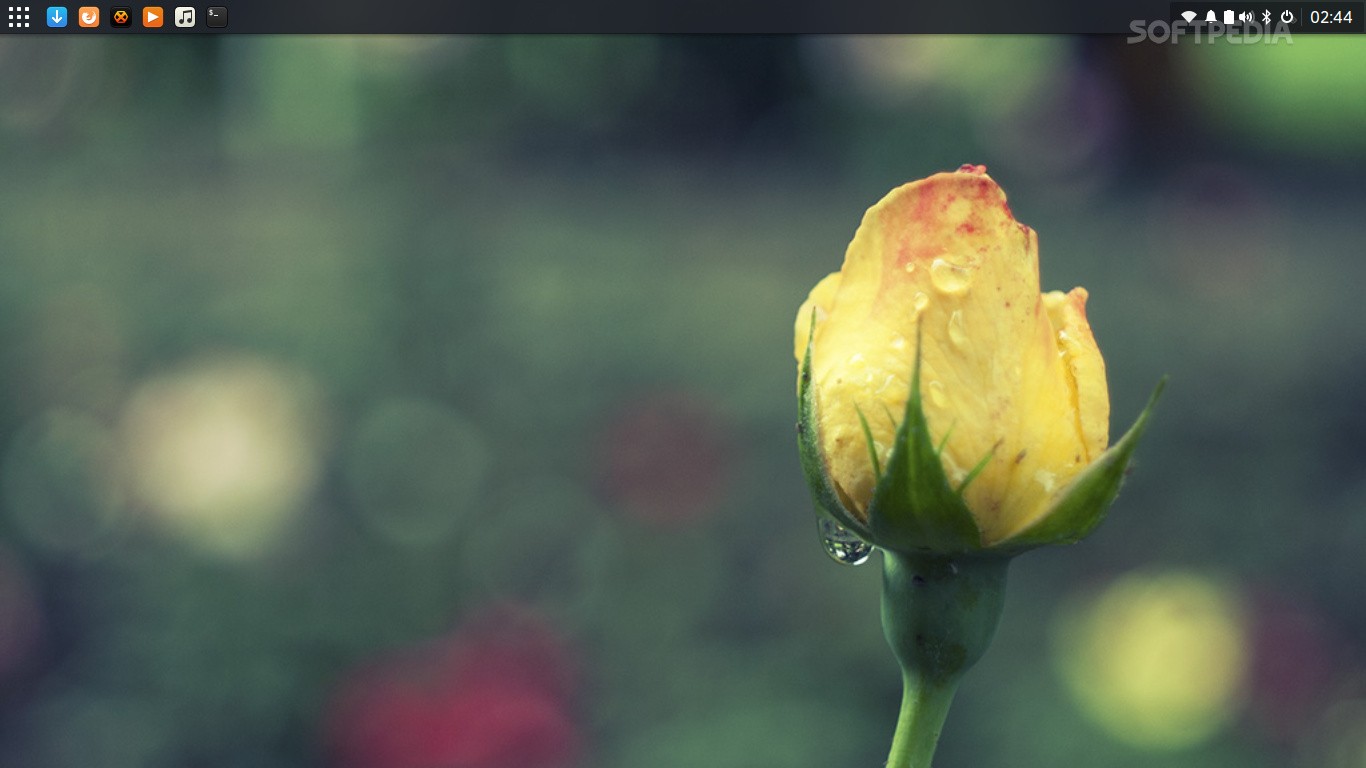


Later, we’ll explore various package managers and building apps from the source. Second and equally as useful, some command line tools will handle installing dependencies that don’t come along for the ride when you install a Linux package. First, many of the packages regularly used in Linux are available directly from the Debian 10 (Buster) repository and you can download and install them from the terminal with a single command. However, learning your way around the terminal and the various methods by which you can install Linux packages can be very useful for a number of reasons. deb file from a trusted source, most often you can simply double-click the file and the Linux installer will take over and install the package for you. Today, we’re going to take a look a three different methods for installing applications, or packages in the Linux container on Chrome OS. We aim to demystify the newly found operating system inside your operating system. The Command Line series was created to explore Linux on Chrome OS and help you make the most out of your device. Speaking of the terminal, it’s completely understandable if you’ve slammed your Chromebook shut after a few hours of trying to grasp the Linux lingo and how to use the command line interface. You’ve probably spent precious time searching the web to figure out which Linux apps are available via your shiny, new Linux terminal. If you’re new to Chrome OS or maybe you’re just learning your way around the recent addition of Linux apps, you may have found yourself a bit overwhelmed with it all.


 0 kommentar(er)
0 kommentar(er)
